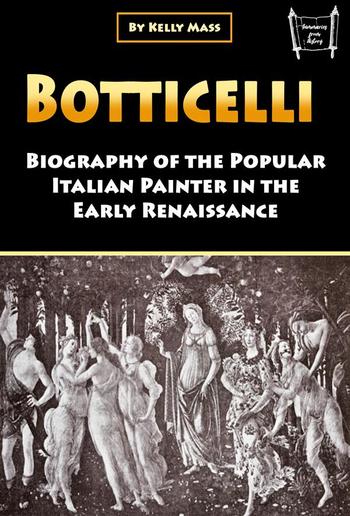
Kelly Mass - Botticelli
Botticelli
Biography of the Popular Italian Painter in the Early Renaissance
Kelly Mass
Description
Sandro Botticelli, born Alessandro di Mariano di Vanni Filipepi, stands as a luminary within the realm of early Late Renaissance Italian painters. While his posthumous acclaim experienced a downturn, the late nineteenth century witnessed a revival, spearheaded by the Pre-Raphaelites, leading to a reevaluation of his artistic contributions. Despite originating from the latter part of the Renaissance, Botticelli's works emanate a distinctive blend of linear grace reminiscent of late Italian Gothic and early Renaissance painting.The oeuvre of Botticelli encompasses a diverse array of subjects, ranging from religious themes, including numerous renditions of the Madonna and Child often shaped in the round tondo format, to portraiture, and the mythological subjects that have come to define his legacy. Among his most celebrated masterpieces are "The Birth of Venus" and "Primavera," housed in the Uffizi Gallery in Florence. Botticelli's artistic journey unfolded predominantly within the confines of his native Florence, with brief interludes in Pisa in 1474 and the Sistine Chapel in Rome in 1481–82, marking exceptions to his steadfast presence in his hometown.Although only the Mystic Nativity (National Gallery, London) bears a discernible date (1501), a meticulous examination of archival records provides insights into the evolution of Botticelli's style. The 1470s witnessed his ascent as an autonomous master, reaching the pinnacle of renown. The ensuing decade, the 1480s, proved to be his zenith, marked by the completion of iconic Madonnas and grand mythological compositions.The 1490s ushered in a more personal and stylized phase, deviating from the mainstream. His later works reveal a return to a style often characterized as more Gothic or "archaic," setting him apart from contemporaries like Leonardo da Vinci and the emerging High Renaissance painters. Botticelli's artistic odyssey, spanning shifting styles and epochs, remains a testament to his enduring influence on the tapestry of Renaissance art.

